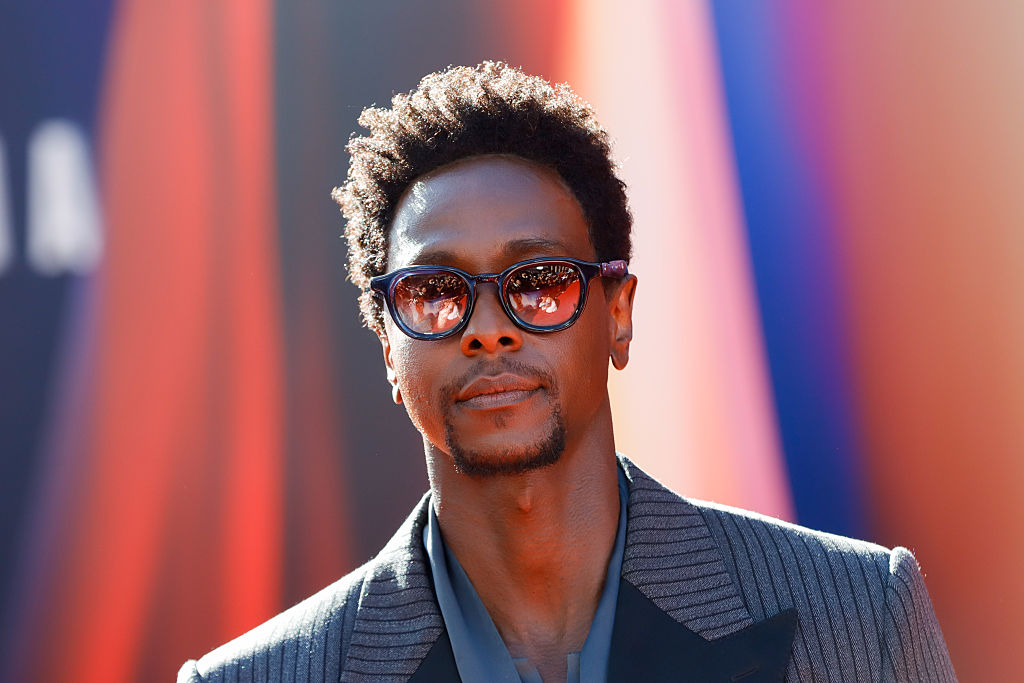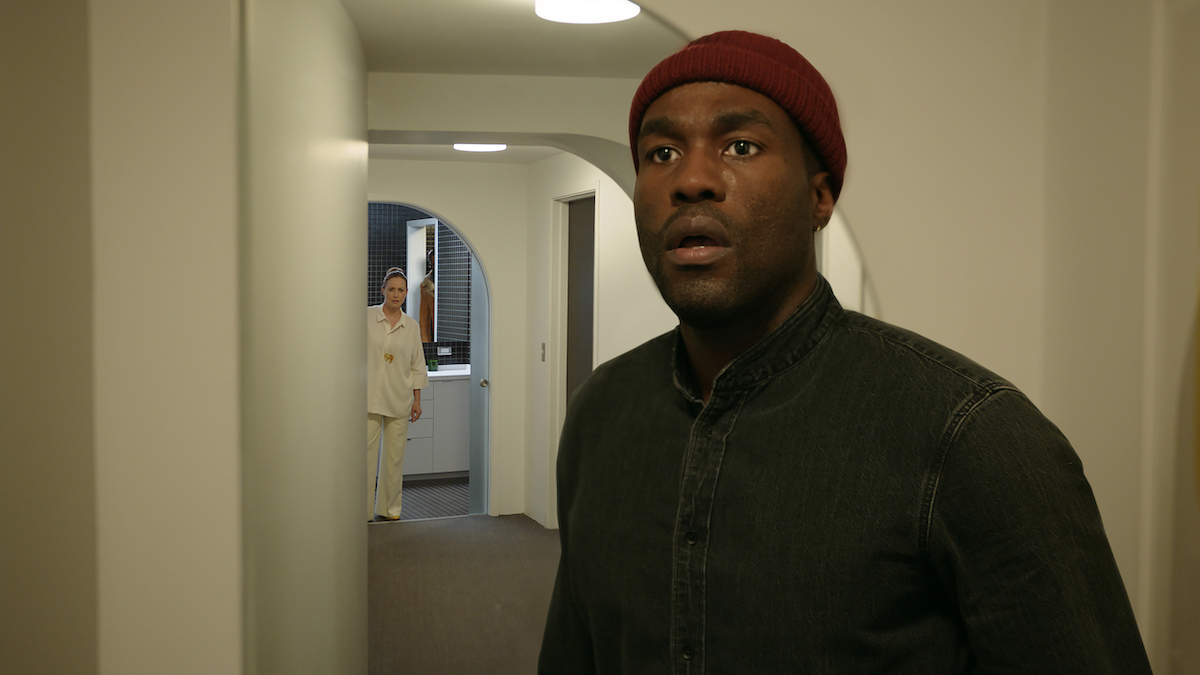17 Things You Never Knew About Peter Jackson's 'Lord of the Rings' Trilogy
Today, when motion-capture performances are commonplace, it's hard to remember what a sensation Andy Serkis's Gollum was when we first met him 15 years ago this week, in "The Lord of the Rings: The Two Towers."
Released on December 18, 2002, the middle installment of Peter Jackson's first J.R.R. Tolkien trilogy dazzled with its talking trees, massive battle sequences, and most of all, Serkis' heartfelt, psychologically complex performance. It's no wonder that today, after performances in the Tolkien films, as well as Jackson's "King Kong" and the "Planet of the Apes" prequels, Serkis is universally regarded as the best motion-capture actor ever.
The innovations of "Two Towers," and of the entire trilogy, seem taken for granted now, but it's worth looking back at the making of the films to discover there's still more to learn about them. We learned a lot when the trilogy celebrated its 10th anniversary, but it seems there are more mysteries left in Middle-earth.
1. Jackson's 15-month shoot for all three films generated 1,100 miles of film. He had to hire three different editors to whittle it down, one for each of the three-hours-plus installments.
2. The director oversaw the simultaneous shooting of all three films at the same time by traveling between the sets on his bicycle. In this, he emulated Tolkien, who hated cars and preferred to travel on two wheels.
3. Casting proved difficult, especially the role of Aragorn. Vin Diesel turned down the heroic role, for which Daniel Day-Lewis, Russell Crowe, and Nicolas Cage had all been considered.
4. Jackson eventually cast Stuart Townsend, but fired him shortly after the shoot began because he felt the 28-year-old's performance lacked the maturity the role required. Viggo Mortensen, then 40, rushed in to replace Townsend and thereby made his career.
5. The Battle of Helms Deep, which takes up much of "The Two Towers," was edited down from some 20 hours of footage. Jackson gave himself a cameo as a spear-hurling soldier atop the fortress gate.
6. Injuries among the principal cast were plentiful. Mortensen fractured two toes while shooting a scene where he kicks an orc helmet, believing the kidnapped Merry and Pippin have been killed. He acted through the pain, and Jackson used the take in the completed "Two Towers." Mortensen also chipped a tooth during a night shoot and bruised his face while surfing on one of his days off.
7. Similarly, while filming his scenes in Bilbo's low-ceilinged hobbit home in "The Fellowship of the Ring," Ian McKellen banged his head on a beam. Fortunately, he reacted in character as Gandalf, and Jackson kept the scene in the finished film.
8. Among other injuries: Christopher Lee (Saruman) broke his hand. Orlando Bloom (Legolas) fell off a horse and cracked three ribs. Liv Tyler was shooting a scene as Arwen when she accidentally stabbed herself in the thigh. During the "Two Towers" sequence where Sam wades through the Mavora Lakes, Sean Astin stepped on a shard of glass. And in the Battle of Helm's Deep, Bernard Hill (Théoden) got his ear slashed.
9. Many years before playing Gimli, John Rhys-Davies had lost a fingertip. He was accustomed to disguising his injury with a prosthesis, but one day, he pranked Jackson, with the help of some stage blood from the make-up department, and pretended he'd just had his finger severed during a battle scene.
10. Gollum was originally supposed to be a pure-CGI character, but Serkis' tests in the motion-capture suit worked so well that the filmmakers decided to go the latter route instead. Gollum's scenes had to be filmed twice, once with Serkis and once without. His motions were digitally transformed into Gollum's, but the creature's facial expressions were animated by hand, merely using Serkis' performance as a guide.
11. It took as long as four hours per frame of film to get Gollum's skin tones right. Only a few of Gollum's scenes were completely animated, such as the shots of him crawling upside-down.
12. Serkis said the distinctive scratchy sound he came up with for Gollum's voice was inspired by the sound of his own cat choking up a hair ball.
13. Shelob, the giant spider in "The Lord of the Rings," was inspired by Tolkien's lifelong fear of spiders, sparked by a spider bite he suffered as a child. Jackson, who had a similar loathing for spiders, gave Shelob the voice of a Tasmanian devil in "The Return of the King."
14. The Battle of the Black Gate in "Return of the King" was also a source of potential danger, as it was filmed at Rangipo Desert, a former minefield. The New Zealand military served as both extras and as minesweepers, making sure no unexploded mines remained in the area.
15. Astin's little boy, Mortensen's young son, and Jackson's two small kids all have cameos as hobbit children in the Shire. Jackson's youngsters also show up as refugees in the cave during "The Two Towers," along with Elijah Wood's (Frodo) sister.
16. All together, the three films cost a reported $281 million to make. They earned back $2.9 billion worldwide.
17. Between 2002 and 2004, the movies were nominated for 30 Oscars and won 17. Of those, 11 went to "The Return of the King," including Best Picture, Director, and Adapted Screenplay. In fact, "Return" won in every category it was nominated for, a record-tying sweep matched only by fellow 11-trophy-winners "Ben-Hur" and "Titanic."

The Lord of the Rings: The Two Towers




























